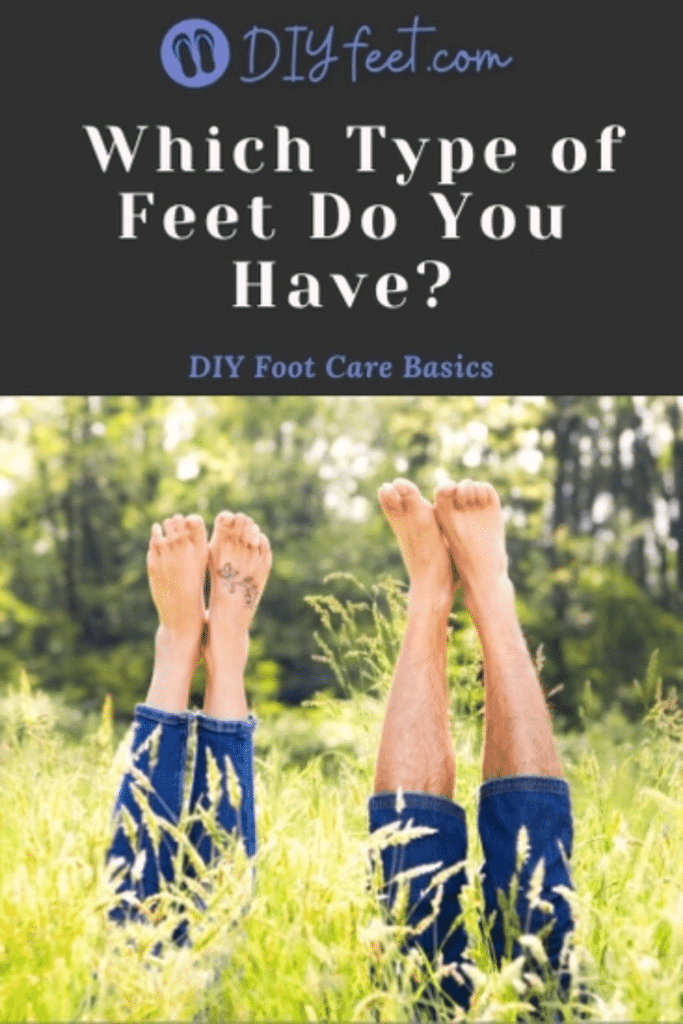Did you know that there are different types of feet? You may have noticed when at the pool, that your feet are different, in shape, from those of your friends. That’s probably because feet come in various shapes and sizes.
Do you know your feet type? If so, can you tell what it may say about yourself? If you know little about this subject, you are about to become familiar with the variety of feet that are out there, and determine which type of feet you have, after all.
Your type of feet could reveal details about your ancestors!
It probably never occurred to you that feet can hold such secrets. But finding out more about your type of feet can pinpoint toward your distant ancestors. In other words, you may be surprised to discover that you have Egyptian ancestors, even if you never heard your family members talk about it.
Of course, we are talking about distant ancestors and the place from which they originated. Nevertheless, it is a very intriguing subject and may explain why you have other particular traits.
The 5 Accepted Types of Feet
Specialists accept 5 different feet types, each type is determined by the outline formed by your toes. So, to find out what’s your feet type, you will need to draw a line around the top of your toes, starting from the big toe and going down to the little toe. Learning more about your feet can help you learn how to best care for your feet.
The way this line looks, and the length of the toes, will reveal the type of your feet. Check out which one fits you best:
1. Roman
The Roman feet type is easy to recognize, as the first three toes are equal in height, while the other two toes are shorter, with a descending height. It is believed that about a quarter of the world’s population has this type of feet. Considering that the Roman Empire was one of the largest, back in its time, it’s no wonder there’s so many still displaying this genetic trait. However, a disadvantage of this type of feet is that narrow shoes are rather uncomfortable. Because this type is wider than the rest, stilettos or pointy shoes are quite a challenge.
2. Greek
When it comes to the Greek type of feet, the second toe will stand out, being longer than all the rest. Bearing the name of “flame foot”, this type can be easily noticed in Greek statues, and, according to specialists, it can be seen among most Greek people. It is believed that a longer second toe may cause pain, because of the uneven weight distribution across the feet. However, it is also a trait seen in most successful athletes, so it may very well be an advantage in the end.
3. Egyptian
If you have the Egyptian feet type, you will notice a decreasing line from the big toe to the little toe. Thus, the outer line of the toes forms a nice descending line, from the large to the smallest toe. There isn’t much to say about the Egyptian type, except the fact that it looks quite neat. What’s interesting is the fact that ancient Egyptians made and used prosthetic toes. Utilized first for mummies, they eventually discovered that they can make living people walk easier, in case they were missing a toe.
4. Celtic
Regarding the Celtic type, it is quite similar to the Greek type. The large toe is smaller than the second toe, which appears to be longer. Then the rest of the toes will gradually decrease in size to the smallest toe. However, in this case, the difference between the large and second toe is not that significant in comparison with Greek feet.
5. German
The German type is probably the most intriguing. The large toe is larger than all the rest, while the rest of the toes display the same height. Again, we are dealing with feet that are wider and require shoes made to fit them better.
Different Types of Feet Video
There are 5 main foot types. And your foot shape tells your personality. What’s the meaning of each foot type & how to know what your type is?
Everyone is different, and this includes your feet. There are many kinds of feet, just like there are many kinds of people. For example, you can have flat footed or high arches- both equally as common yet completely opposite. This video will go over the most common types of feet so that you know what to look for in a shoe!
Share on Pinterest









